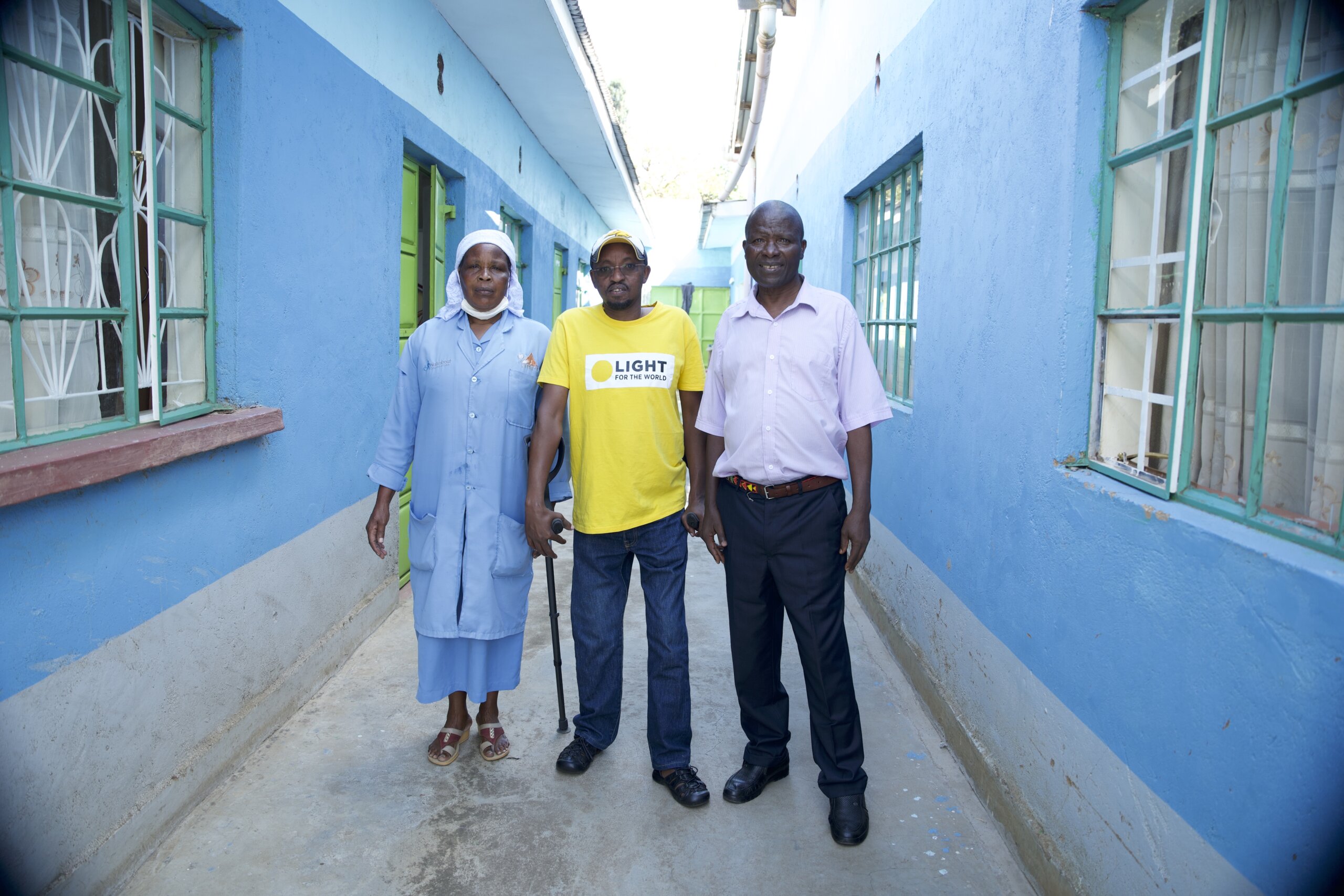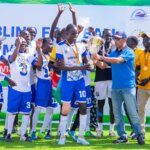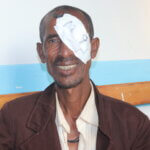- Disability Rights
- General
The climate crisis disproportionally impacts people with disabilities. To mark World Environment Day (June 5), David Ndungu, Light for the World Project Assistant, shares six tips for inclusive ecosystem restoration.
The climate crisis affects us all, but not equally.
People with disabilities are particularly impacted by, and vulnerable to, the climate emergency. Yet, they are still largely marginalised in climate action. At the same time, addressing environmental degradation and climate change is becoming increasingly urgent.
Restoring ecosystems – what does it mean and how can it help?
Up to 40 percent of the planet’s land is degraded, directly affecting half of the world’s population.
Ecosystem restoration is a vital strategy to combat these pressing challenges, rejuvenating ecosystems that have suffered degradation.
It involves restoring the ecological integrity and biodiversity of ecosystems to their natural state. This can include reforestation, habitat restoration, wetland rehabilitation, and soil conservation.
Restoring ecosystems aims to enhance resilience to climate change and promote biodiversity conservation.
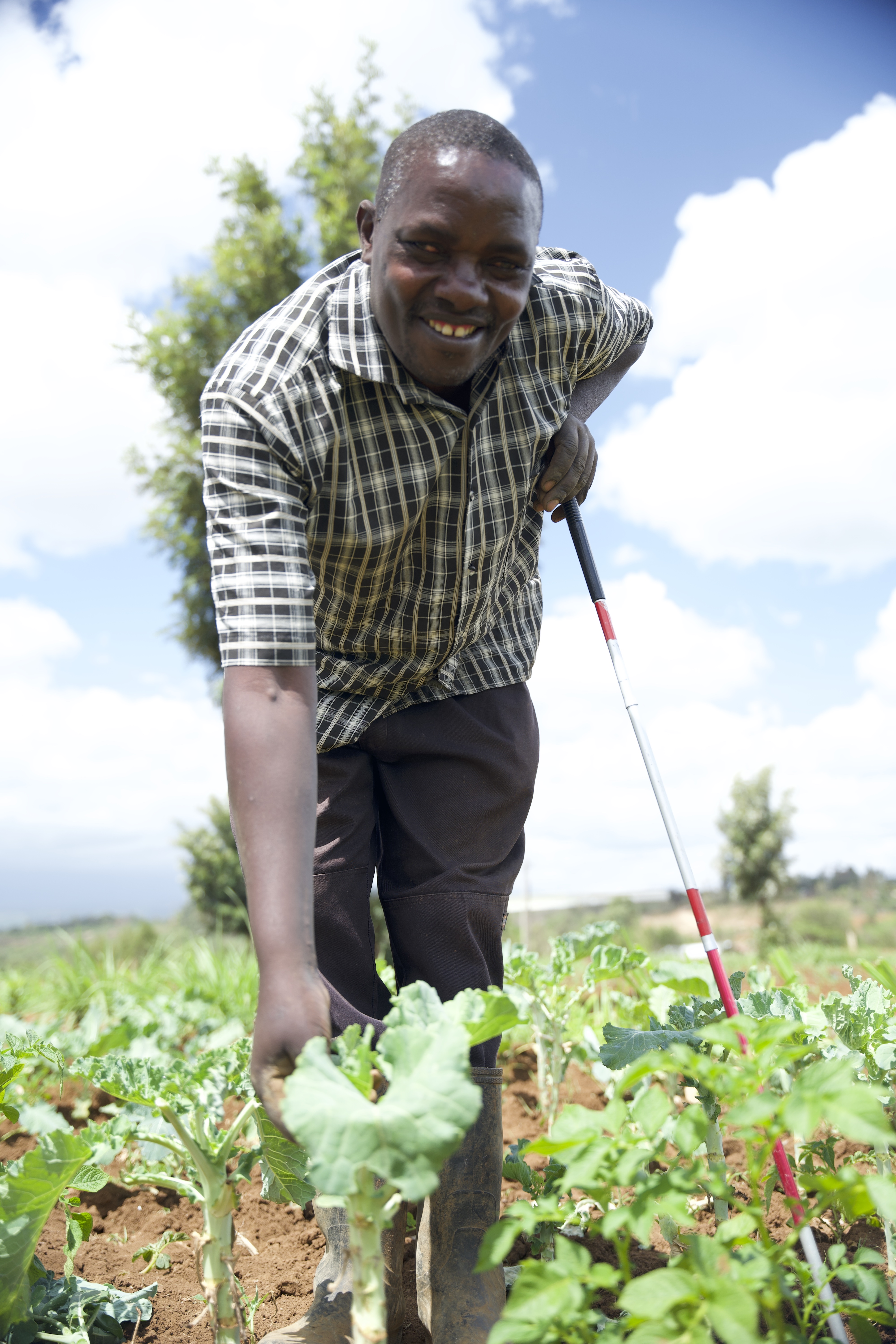
Building sustainable and inclusive ecosystems
Inclusive ecosystem restoration not only improves ecological resilience, but also fosters social equity and community resilience.
At the core of restoring ecosystems lies the understanding that nature transcends boundaries, and its benefits should be accessible to all, regardless of race, gender, socioeconomic status, or ability
David Ndungu, Light for the World Project Assistant and climate activist.
Audio transcript
My name is David Ndungu, and I am a project assistant working with Light for the World, supporting Meru and Laikipia counties. I’m a person with a disability due to polio. I got polio at three years. And, besides that, I’m a trainer, a business trainer. A BDSR, training around concepts of business management. And, besides that my background, I’m an accountant by profession. I’ve been doing CPAs (Certified Public Accountant). And I’m a family person. I’m married and have three daughters and a wife.
How can we make restoring ecosystems inclusive?
David Ndungu, Project Assistant at Light for the World, and passionate climate activist, gives us six top tips.
1. Recognise that environmental and social justice are interconnected.
“People who are often left out – indigenous peoples, people with disabilities, and those with low- or no-income – are also most affected by the climate crisis. Making sure they’re part of the plan and meeting their specific needs is a crucial step towards making restoration fair and sustainable.”
2. Engage diverse stakeholders in decision-making.
“Involve local communities, indigenous peoples, and other stakeholders in all stages of the restoration process, from planning to implementation. This ensures that restoration efforts are responsive to the needs of all social groups – including people with disabilities, and their representative organisations (OPDs).”
3. Prioritise and empower marginalised communities to participate.
“Provide training, education, and resources, including skills development and access to funding, and ensure people with disabilities have access to green employment opportunities. Ensure communities have ownership of restoration projects, which can improve long-term sustainability.”
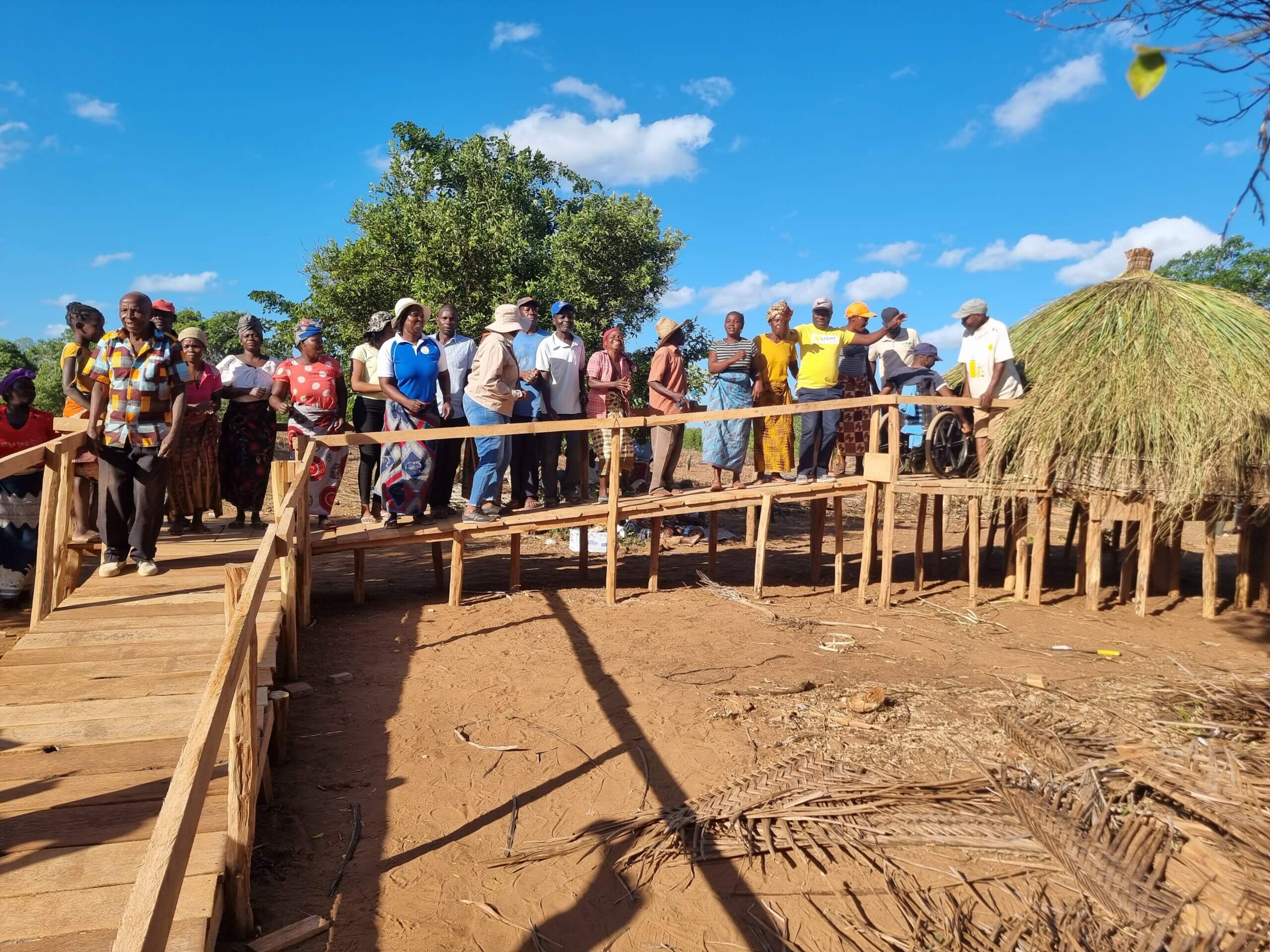
4. Consider gender intersectionality.
“Women often play crucial roles in natural resource management and conservation but are frequently marginalised in decision-making processes and resource allocation and disproportionately bear the impacts of environmental degradation.
Actively involving women, especially women with disabilities, in restoring ecosystems, providing equal access to resources, and addressing barriers to their engagement can lead to more inclusive, resilient, and equitable ecosystem restoration.”
Audio transcript
I feel persons with disabilities are a marginalized group, which have been left out in matters of climate change [action] because they have not been included in planning, implementation. And they have no capacity. They have no capacity because if they come to the committee meetings on matters of climate change, they are not involved. So, I come in to represent them and to bridge the gap, whereby I want them to be involved. I want persons with disabilities to be involved. I want the women to be involved in decision making, because women are key partners in climate change. They are key decision makers. So, I want to leave no one behind on matters of disability.
5. Support locally led conservation.
“Providing technical assistance, training, and resources to strengthen capacity and ensure the sustainability of community-based initiatives can enhance the effectiveness and scalability of restoration efforts.
Advocate for inclusive restoration policies and engage with policymakers to prioritise these approaches in local and national agendas, to ensure they are locally led and contextually specific.”
6. Foster partnerships
“We need to work together – government agencies, NGOs, private sector actors, and local communities – to leverage resources and expertise. Collaborate with existing community organisations and networks and establish monitoring and evaluating mechanisms to build more resilient and sustainable ecosystems.”
“As we mark World Environment Day, let us rally behind the call for inclusive ecosystem restoration, leaving no one behind on the path to a brighter, greener future.
By embracing inclusivity in our restoration efforts, we can cultivate resilient ecosystems, empowered communities, and a more just and sustainable world for all.”
Audio transcript
Involving OPDs in climate change [action] can be a gamechanger. Because OPDs are the people on the ground, and they know what people with disabilities experience on the ground. And when it comes to matters of climate finances, which are available in other organisations, the OPDs can tap the funds and be able to bring them to the grassroots because they know the experience at the grassroots. And they’re able to tap the funds. And, we can utilize OPDs, to help in capacity building because OPDs are the link between organizations and persons with disabilities. So, if they are utilised well, they can build capacities of the MEs (micro-entrepreneurs) and other persons with disabilities.
Want to learn more about inclusive climate action and disability rights?
Read our publication on Rights-Based Climate Action and how to include people with disabilities, as well as Light for the World’s Environment Policy.
